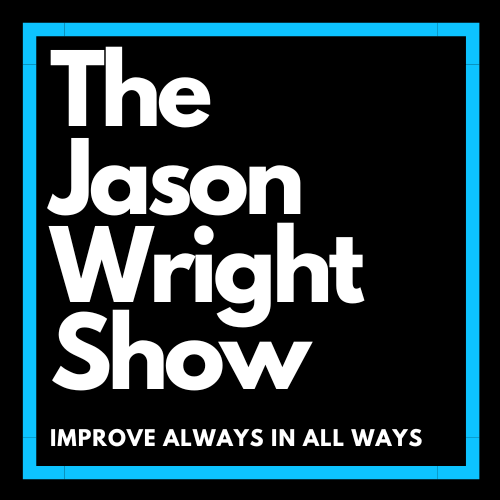Episode 456
Authentic Health Friday-Body Composition: Impact on Healthspan and How to Improve It
Download Dr. Gus’s FREE Body Composition Handbook HERE
Dr. Peter Attia’s Referenced Article HERE
In the pursuit of health and wellness, managing body composition is often overlooked or misunderstood. Yet, it’s a crucial aspect that can significantly impact our overall well-being. One of the fundamental concepts in body composition management is understanding the difference between subcutaneous fat and non-subcutaneous fat, and the importance of maintaining adequate lean body mass through weight training and proper nutrition.
Subcutaneous Fat vs. Non-Subcutaneous Fat: What’s the Difference?
Subcutaneous fat refers to the fat stored directly under the skin. It’s the fat you can pinch and feel. While excess subcutaneous fat can affect your appearance and self-esteem, it’s generally less harmful to health compared to non-subcutaneous fat.
Non-subcutaneous fat, on the other hand, includes visceral fat and fat stored around organs. This type of fat poses more significant health risks as it’s associated with various metabolic disorders, including cardiovascular disease, diabetes, and certain cancers. Unlike subcutaneous fat, visceral fat is not visible and requires more attention for effective management.
The Importance of Maintaining Lean Body Mass
Lean body mass encompasses everything in your body except for fat – muscles, bones, organs, and fluids. Preserving lean body mass is vital for several reasons:
- Metabolic Health: Lean muscle mass plays a crucial role in regulating metabolism. The more muscle you have, the more calories your body burns at rest, making weight management more manageable.
- Functional Strength: Building and maintaining muscle strength is essential for performing daily activities with ease and reducing the risk of injury, particularly as we age.
- Bone Health: Resistance training, which is often used to build lean muscle mass, also strengthens bones, reducing the risk of osteoporosis and fractures.
The Role of Weight Training and Protein Consumption
Weight training, or resistance training, is one of the most effective ways to increase lean body mass. By challenging your muscles with progressively heavier weights, you stimulate muscle growth and improve overall body composition.
In addition to exercise, adequate protein intake is essential for muscle repair and growth. Aim for a balanced diet that includes lean protein sources such as chicken, fish, tofu, beans, and dairy products. The exact amount of protein needed varies based on factors like age, sex, and activity level, but a general guideline is around 0.8-1 gram of protein per kilogram of body weight per day for most adults.
Managing body composition is about more than just aesthetics; it’s about optimizing health and well-being. Understanding the difference between subcutaneous and non-subcutaneous fat empowers you to make informed choices about your lifestyle and dietary habits. By prioritizing weight training and consuming adequate protein, you can maintain lean body mass, reduce the risk of chronic diseases, and enhance overall quality of life.

